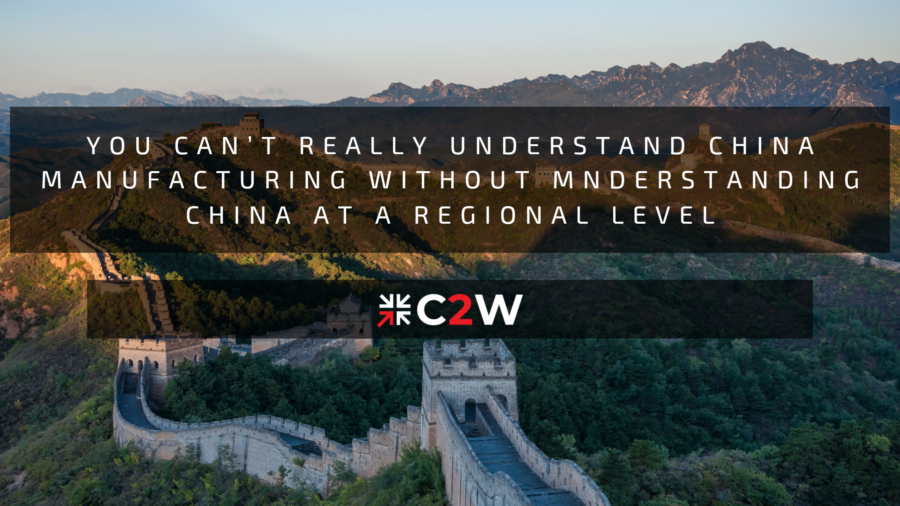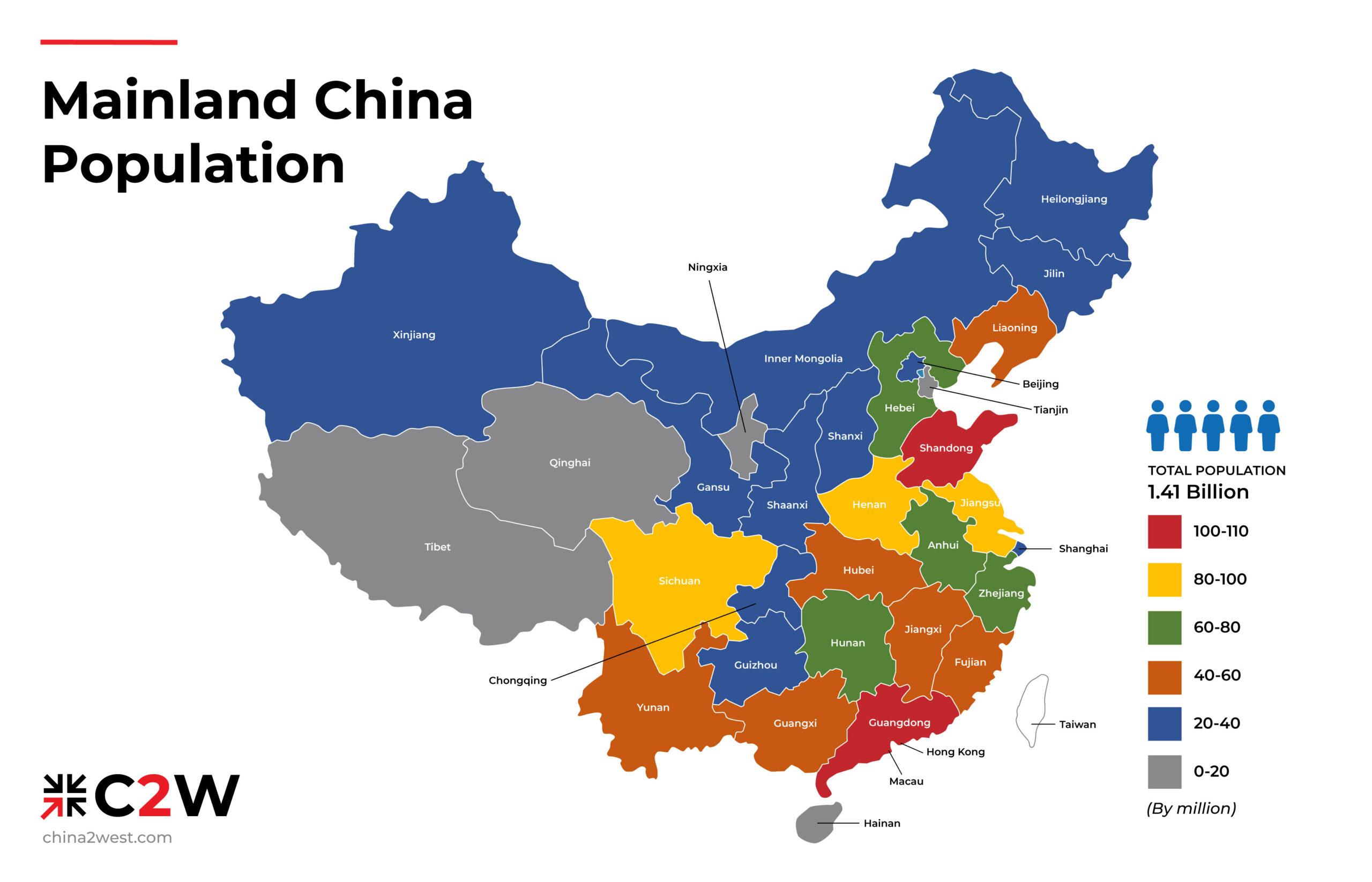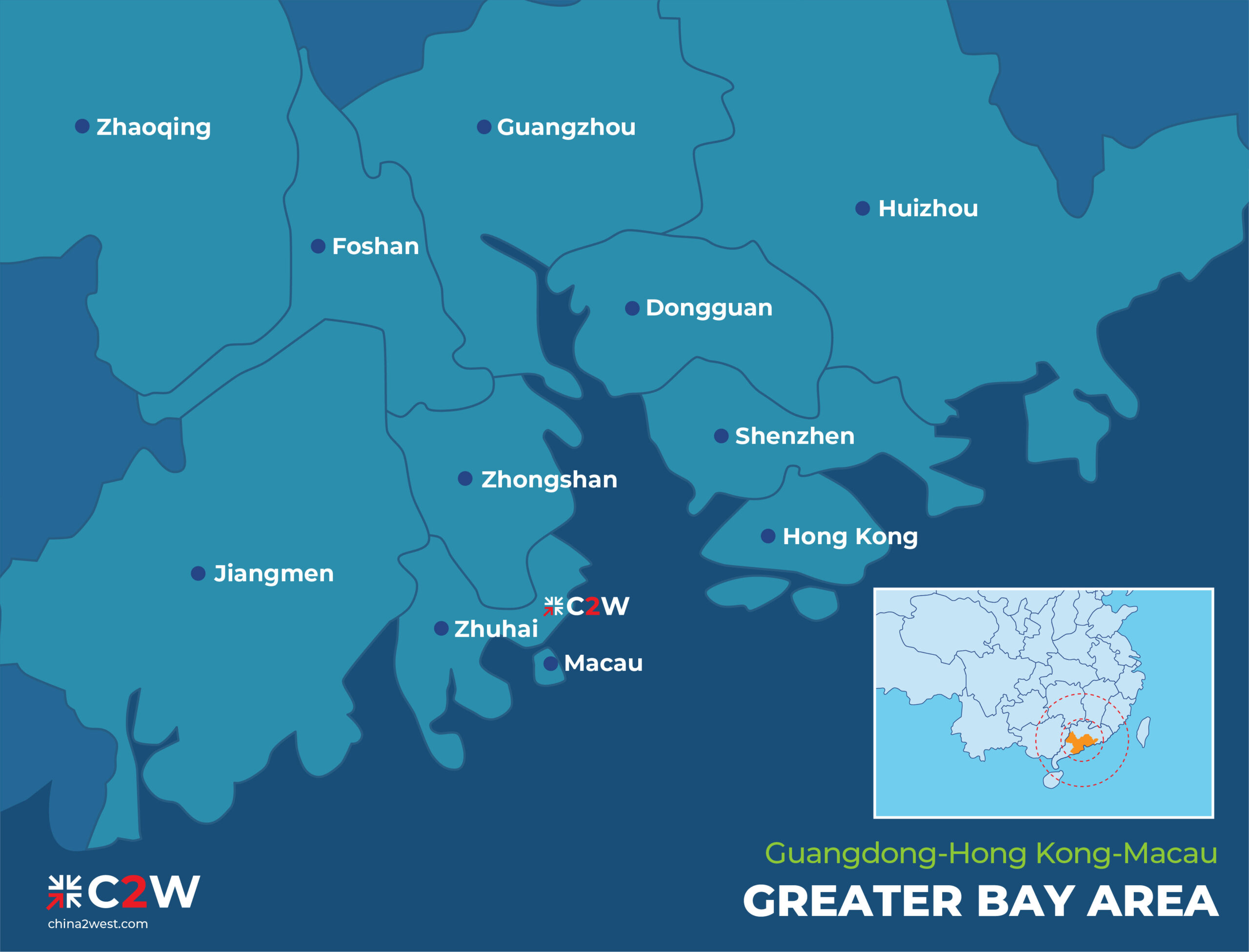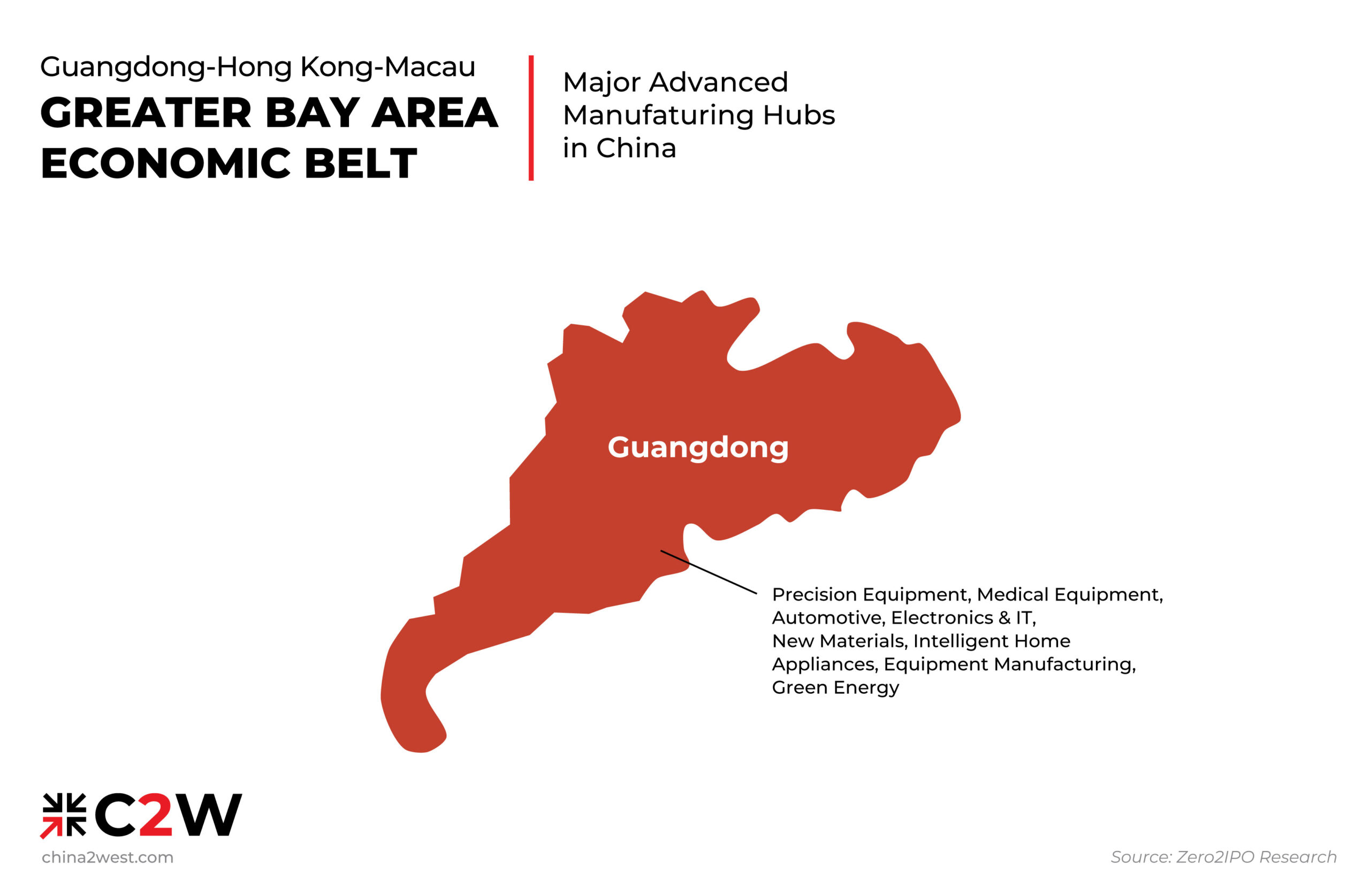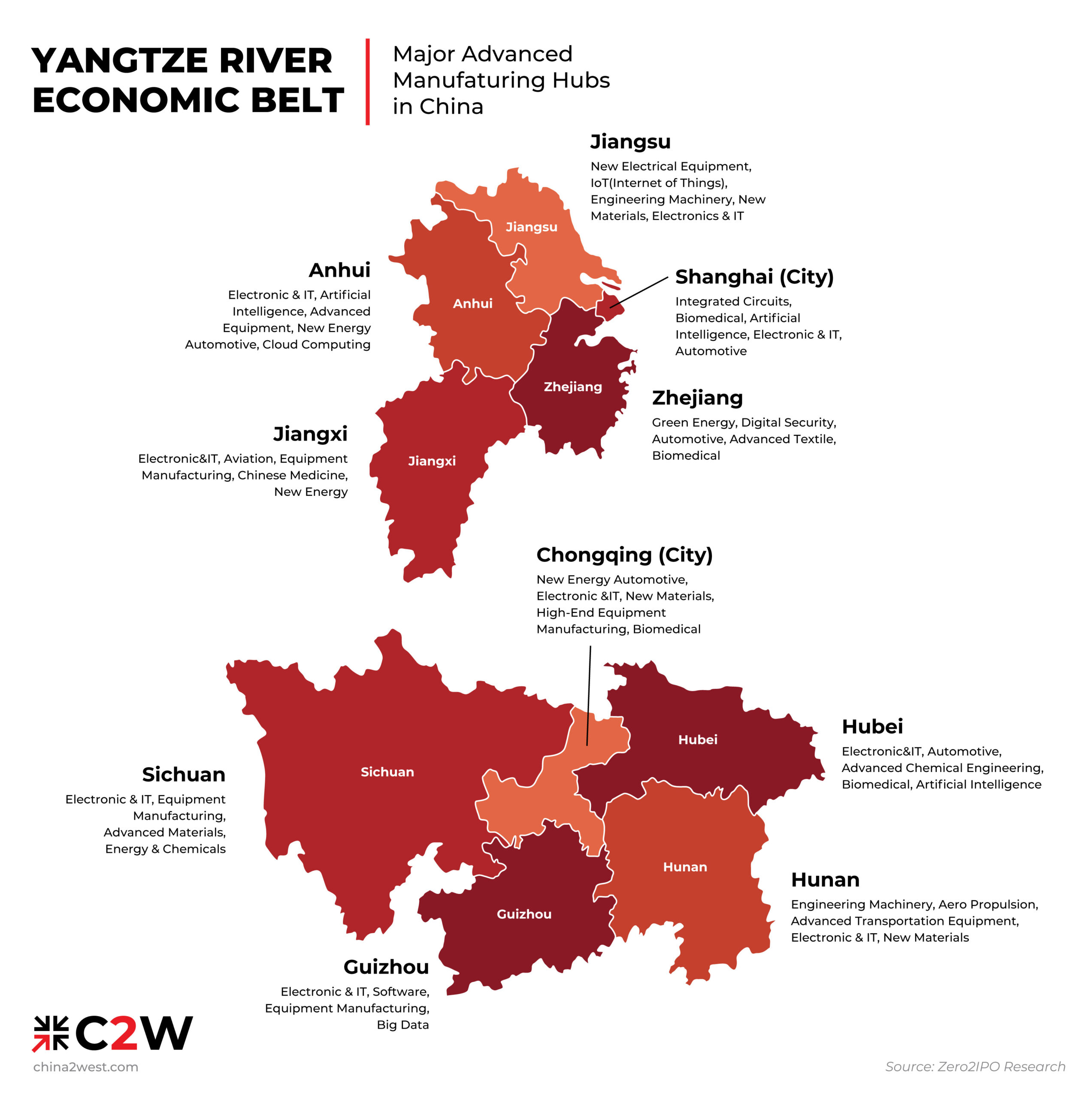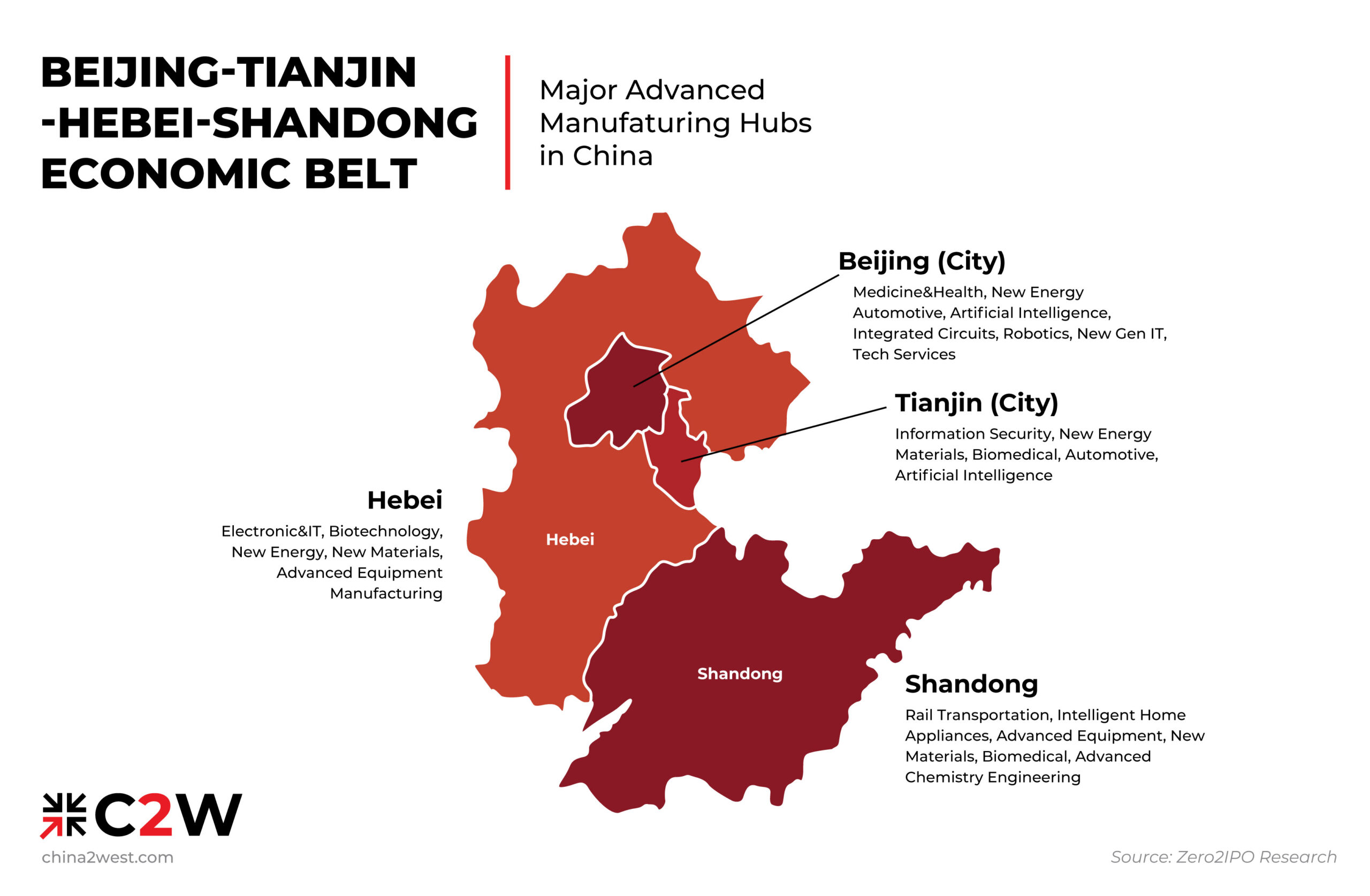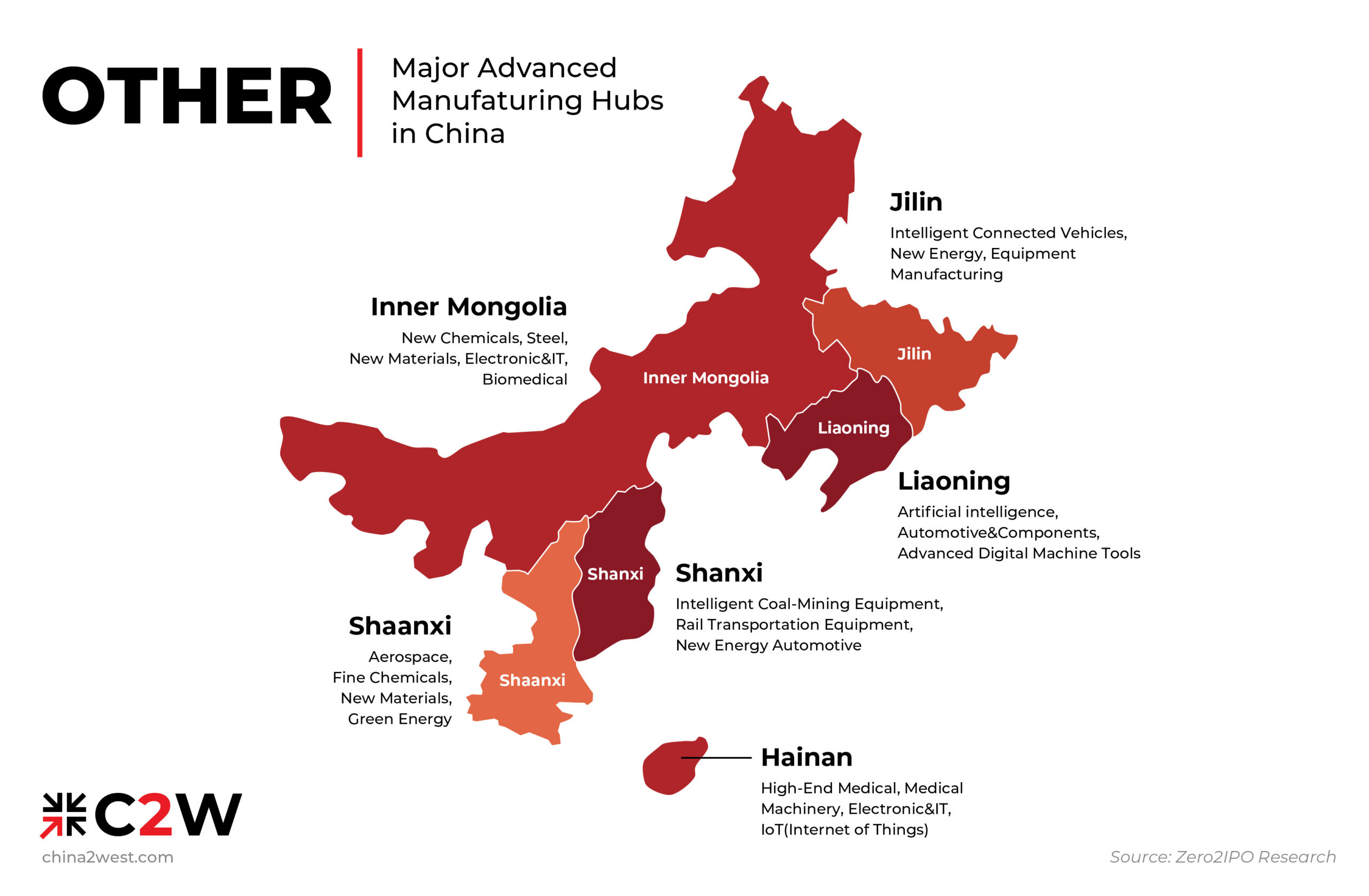Last Updated: February 10, 2022
China has been the world manufacturing hub for the last couple of decades, but to understand how and where to manufacture goods in terms of the manufacturing techniques and resources needed we need to look at China in a regional context.
It’s well known China is one of the largest countries in the world, and the most populous country holding a population of approx, 1.4 billion people, all this numbers are big per se but how does China looks when compared to other nations.
China Size
• China (9,596,961 km²) is 0.98 times as big as United States (9,833,000 km²).
• Compared to Europe, China (9,596,961 km²) is 0.94 times as big as Europe (10,180,000 km²).
• China (9,596,961 km²) is 0.56 times as big as Russia (17,098,242 km²).
• China (9,596,961 km²) is 2.92 times as big as India (3,287,263 km²).
China is the most populous nation with almost 1.4 billion people, it holds 1/5 of the earth’s inhabitants within its boundaries.
China Population Map
If we compare China’s most populous provinces to countries, this is what it would look like. [i]
| Administrative Division | 2020 | National Share (%) | Comparable Country |
| China | 1,411,778,724 | 100 | India |
| Guangdong | 126,012,510 | 8.93 | Mexico |
| Shandong | 101,527,453 | 7.19 | Egypt |
| Henan | 99,365,519 | 7.04 | Vietnam |
| Jiangsu | 84,748,016 | 6 | Iran |
| Sichuan | 83,674,866 | 5.93 | Turkey |
| Hebei | 74,610,235 | 5.28 | France |
| Hunan | 66,444,864 | 4.71 | Thailand |
| Zhejiang | 64,567,588 | 4.57 | Thailand |
| Anhui | 61,027,171 | 4.32 | South Africa |
| Hubei | 57,752,557 | 4.09 | Italy |
The Greater Bay Area region, where C2W is headquartered, which encompasses all the major cities in the Guangdong Province and the two Special Administrative Regions, and holds almost 5% of China’s population, is one of the four largest four bay areas in the world in line with the bay areas of New York City, Tokyo and San Francisco.[ii]
Map of the Greater Bay Area
Speaking of manufacturing expertise, it’s important to mention that, depending what you’re looking to manufacture and the quality and infrastructures required, you ought to turn to a city at the first two tiers (Our Guide to China’s City Tier System), below we review the most important China manufacturing regions and its expertise
Greater Bay Area Economic Belt
Cities: Guangzhou, Shenzhen, Zhuhai, Foshan, Dongguan, Hong Kong, Macau
Guangdong, located at the southeast of the nation, which has been the pioneer of China’s market economy system with the previous two decades specializing in light manufacturing since the 80s, now focuses more on advanced manufacturing such as electronics, computers, IT, medical equipment and new materials as the region develops. The long history of international trade makes this area the easiest to work with for foreigners as it has a much more mature business atmosphere than most of the other areas. Also its inclusion of Hong Kong and Macau and possession of developed port resources makes it a perfect destination not only to manufacture, but also to development, store and ship the products to the world.
Yangtsz River Economic Belt
Cities: Shanghai, Suzhou, Hangzhou, Chengdu, Chongqing, Nanjing, Wuxi, Ningbo, Jinhua, Anhui
Shanghai’s glorious past as an international major city has been restored with the country’s development focus moving to the area strategically, becoming the nation’s key financial hub. But before this, the industries in this area had been growing savagely, for which many industrial areas were not as organized as Guangdong. But there are still some great companies grown up from the jungle. Now with Alibaba headquartered in the area, it is one of the most renovative hubs of manufacturing ranging from daily commodities all the way to high-end products in areas of electronics, integrated circuits, biomedical and AI. But its light manufacturing is still not as mature as the Greater Bay Area. Its symbolic Yiwu Market at the city of Jinhua, Zhejiang Province sells a wide variety of miniatures in decent prices, but the quality is comparatively compromised.
Beijing-Tianjin-Hebei-Shandong Economic Belt
Cities: Beijing, Tianjin, Qingdao, Xiong’an, Jinan
It specializes in machinery, food and automation, etc. Big Chinese manufacturers such as Hisense, Haier, Qingdao Beer are all from this area. As it also serves as China’s cultural and technological hub, IT and AI are rising industries in the region as well. However, when it comes to more traditional manufacturing, 80% of the companies are still small and more attention should be paid when dealing with suppliers from this area.
Besides the three main industrial areas, more and more others grow every year, areas like Xi’an, Sanya, Changchun and Shenyang etc. With the increase of labor/land cost in the big cities and coastal areas over the past few years more and more factories have been moving to inland cities developing into new industrial clusters.
Major Variants of Spoken Chinese
We’ve clearly seen that China is an enormous country, so it should come as no surprise that there are many types of Chinese within its borders and abroad.
You can’t talk about “the Chinese language”, as China has a great variety of languages and dialects.
Because of the number of inhabitants in China, Chinese spoken languages count as the world’s most commonly used languages. Mandarin and Cantonese are the most famous dialects of Modern Standard Chinese language (Putonghua, or Guoyu which is a more commonly used term in Taiwan).
Mandarin is considered a native Chinese language with over 80% of China’s inhabitants speaking it as well as the official language of the nation. This makes it the most dominant spoken Chinese dialect, while Cantonese lays claim to approximately 84 million speakers in China alone, which is 4.5% of the total population[iii]. While these are the spoken Chinese dialects you are most likely to encounter, there are many more!
Spoken Chinese is separated into five main dialectical groups, of which Mandarin is only one. Yue (which includes Cantonese), Min, Wu and Hakka make up the other four, covering more than 200 individual dialects. Some of these dialects are only used in very small geographical areas, while others spread all across the country and beyond.
But with the drastic urbanization and widespread human migration across the country, dialects are becoming increasingly irrelevan, especially for younger generations who pretty much grow up only speaking Mandarin, which resembles the situation where immigrants of second or later generations only speak English or other adopted language in the western world. In that case, a Mandarin interpreter for non-Chinese speakers can be sufficiently helpful in most of the business occasions. Very rarely are dialects are used for work.
We can safely conclude that China is a country full of contrasts from the size of population, manufacturing hubs or languages, so when having a new China manufacturing project you ought to take into count all the aforementioned facts in order to ensure that your manufacturing venture will be a success.
But understanding the regional China is one thikng, being able to overcome any manufacturing and cultural issues that might appear in the process is another, for which hiring a specialized China manufacturing consultant like China 2 West would secure not only the success of your project but also help you choose the best destination for your China manufacturing ventures with local eyes and ears inside China.
[i] http://www.stats.gov.cn/english/PressRelease/202105/t20210510_1817188.html
[ii] https://www.statista.com/statistics/1172165/china-population-in-the-greater-bay-area-cities/
[iii] https://www.chinahighlights.com/travelguide/chinese-language/cantonese-vs-mandarin.htm#:~:text=There%20are%20an%20estimated%2084,%25%20of%20people%20in%20China).

